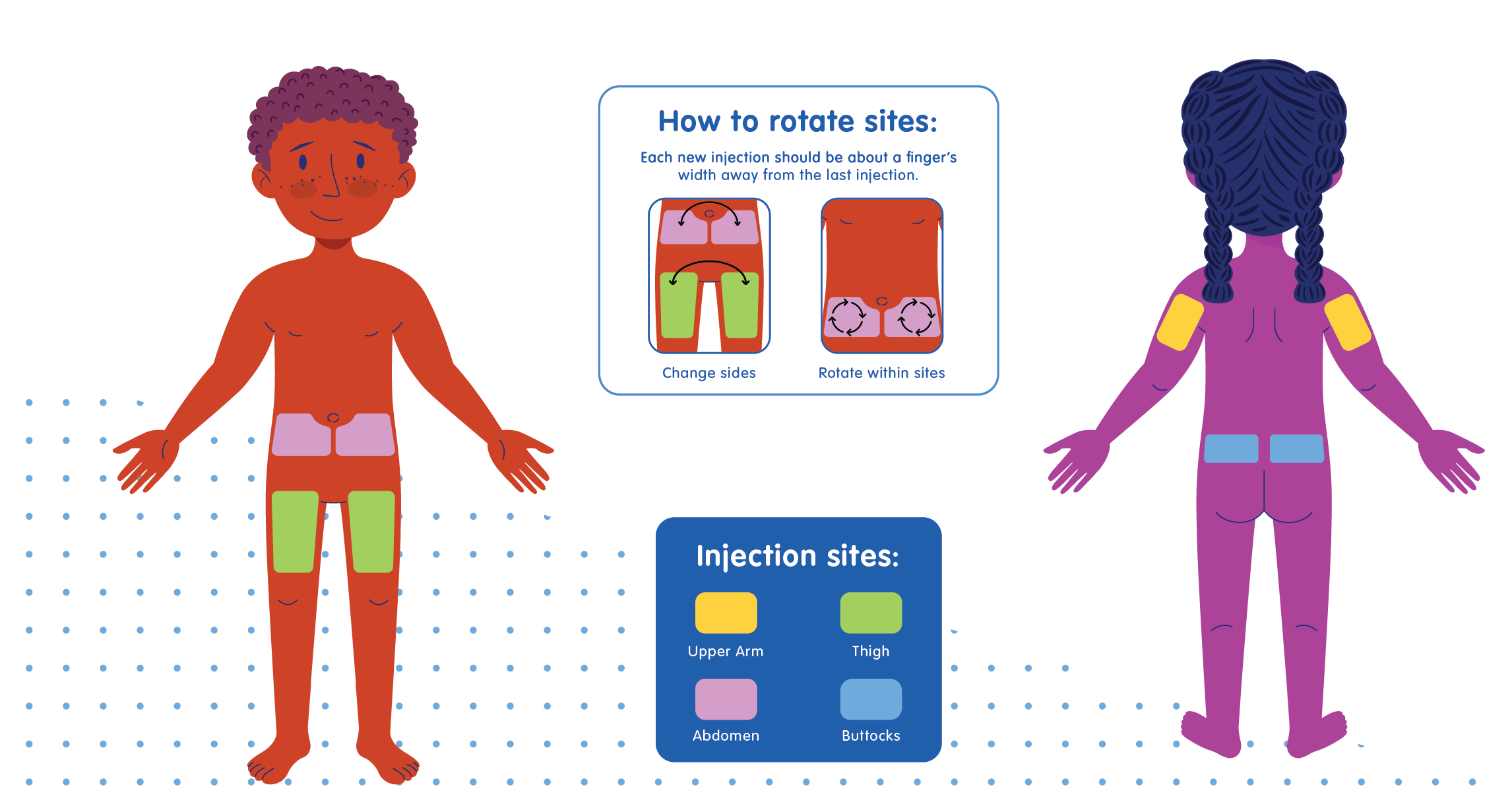The Diabetes Center Is Here For You
This can be an overwhelming time. Please know that we are here to help you through this journey.
Below you will find the information you will need to help you get through the next 24 hours.
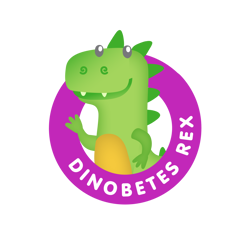
The First 24 Hours
Important phone numbers
Weekdays
Monday-Friday 8 a.m. to 4:30 p.m.
(816) 960-8803
After hours and weekends
Nurse Triage Line
(816) 234-3188
Check your Blood Glucose (this is also called Blood Sugar):
(refer to Blood Glucose Monitoring handout for instructions)
- Before breakfast
- Before lunch
- Before dinner
- Before bedtime
- 3 a.m.
Dietary restrictions:
Do not drink any sugary beverages (such as regular soda, Gatorade/G2, juice, Kool Aid or sweet tea). The only time these are okay is to treat a blood glucose lower than 70.
Troubleshooting low Blood Glucose (Hypoglycemia):
If your blood glucose drops below 70mg/dl, eat/drink one of the items:
- 1/2 cup juice
- 1 cup milk
- 1/2 cup regular soda
- 1 granola bar
- 1/2 cup fruit
- 1/2 cup applesauce
Recheck blood glucose 15 minutes after eating/drinking one of the options above.
Call the diabetes team if:
- Blood glucose drops below 70 (treat before calling - see information above to
treat) - Blood glucose is higher than 500 or HI
- Child is vomiting
- Child is lethargic - very tired, hard to keep awake or hard to wake up
Weekdays
Monday-Friday 8 a.m. to 4:30 p.m.
(816) 960-8803
After hours and weekends
Nurse Triage Line
(816) 234-3188
What will tomorrow look like?
If you are in the Kansas City area:
Where to go
Children's Mercy Broadway
3101 Broadway Blvd, Kansas City, MO 64111
Parking
Parking is free. There is a parking garage attached to the building. See the map for more details.
Where to check in
When you arrive at Children’s Mercy Broadway you will go to the 6th floor to check in. If you have not already, you will meet with a doctor who specializes in diabetes.
Please bring
- Your photo ID so we can help you enroll in the patient portal where you will be able to message with us, find upcoming appointments and other helpful information.
- Insurance card.
- Prescription card.
- Your child.
What to expect
- Eat breakfast prior to your appointment.
- You will check in on the 6th floor.
- After your appointment you will go to class.
- We call this class LAND (Learning About New-onset Diabetes)
- Class will be 4-6 hours. Plan on being there until 4 p.m.
- Lunch will be provided.
- During class you will meet with a diabetes nurse educator and a diabetes dietitian educator.
- We will provide you with prescriptions and supplies during class. You will have a chance to review these supplies with the pharmacy staff or your diabetes educator.
- You will be given a notebook with everything reviewed during class.
If you are in Wichita:
Where to go
Children's Mercy Wichita
3243 E. Murdock, Suite 201, Wichita, KS 67208
Located inside the Wesley Medical Arts Tower
Parking
Parking is free. There is a parking garage attached on the west side of the building. There is also a parking lot directly north of the building.
Where to check in
When you arrive, you will check in on the 2nd floor.
Please bring
- Your photo ID so we can help you enroll in the patient portal where you will be able to message with us, find upcoming appointments and other helpful information.
- Insurance card.
- Prescription card.
- Your child.
If you have been given any of the following, please bring those as well: blood glucose meter, insulin or education binder.
What to expect
- Eat breakfast prior to your appointment.
- You will check in on the 2nd floor and meet with a doctor who specializes in diabetes.
- After your appointment you will go to class.
- We call this class LAND (Learning About New onset Diabetes)
- Class will be 4-6 hours. Plan on being there until 4 p.m.
- Lunch will be provided.
- During class you will meet with a diabetes nurse educator and a diabetes dietitian educator.
- We will provide you with prescriptions and supplies during class. You will have a chance to review these supplies with the pharmacy staff or your diabetes educator.
- You will be given a notebook with everything reviewed during class.
Where to go
Children's Mercy Adele Hall Campus
2401 Gillham Rd, Kansas City, MO 64108
Parking
Parking is free. There is a parking garage attached to the buildings. See the map for more details.
Where to check in
When you arrive at the main hospital, please wait by the Security Check In desk on the Ground floor, next to the Roasterie. A diabetes educator will meet you there.
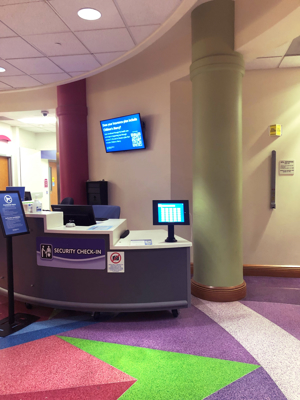
Please bring
- Your photo ID so we can help you enroll in the patient portal where you will be able to message with us, find upcoming appointments and other helpful information.
- Insurance card.
- Prescription card.
- Your child.
What to expect
- Eat breakfast prior to your appointment.
- You will check in at the admissions desk.
- Once you are checked in, a diabetes educator will meet you at the waiting area in front of the admissions desk.
- Class will be 4-6 hours. Plan on being there until 4 p.m.
- Lunch will be provided.
- During class you will meet with a diabetes nurse educator and a diabetes dietitian educator.
- We will provide you with prescriptions and supplies during class. You will have a chance to review these supplies with the pharmacy staff or your diabetes educator during class.
- You will be given a notebook with everything reviewed during class.
Diabetes: What is it?
- There are 2 main kinds of Diabetes.
-
Type 1 Diabetes happens when your body can’t make insulin anymore.
-
Type 2 Diabetes happens when your body makes a lot of insulin, it just doesn’t work as well as it should.
-
When you meet with your endocrinologist, they will help figure out what kind of diabetes your child has.
-
For tonight, the treatment is the same no matter what kind of diabetes you have.
-
You will receive full education on the types of diabetes during class.
-
-
While you were here, we gave you insulin to bring sugar from your blood into the cells for energy.
-
It is okay for your blood glucose to run higher over the next 24 hours. Don’t be scared! We expect your blood sugar to be high right now. You should only be concerned and call the nurse triage line at (816) 234-3188 if blood glucose reaches above 500 or the meter just reads “HI” or you get sick (vomit).
Right now, it is absolutely fine to feel overwhelmed, sad, confused and/or worried.
-
Please feel free to write down any and all questions to bring to the endocrinologist and diabetes educators tomorrow.
-
If you feel you need resources prior to seeing the endocrinologist tomorrow please use
American Diabetes Association or Juvenile Diabetes Research Foundation.
Blood Glucose Monitoring
If you were given a blood glucose meter to check your blood glucose please follow the instructions below.
If you have not been given a meter, you will get one at your class and learn how to use it at that time.
How to check your blood glucose
- Wash hands with soap and warm water OR use an alcohol swab. Make sure fingers are dry before testing.
- Set up the lancing device (the poker):
- Set depth of lancing device—this is how deep the needle will poke. The higher the number the deeper the poke.
- Set the depth by scrolling the end of the lancing
device to the number you want (Usually best to start
with a 3 or 4). - Even though a deep poke sounds more painful, we
want to make sure the needle goes into the skin deep enough to break the skin and get blood.
- Set the depth by scrolling the end of the lancing
- Twist the top closest to the green button until it pops off.
- Put the lancet into the device, skinny side goes into the
device. - Take the lancet and twist the circle end until it becomes loose and pull it off, you will see a tiny little needle.
- Snap the cap back on.
- Set depth of lancing device—this is how deep the needle will poke. The higher the number the deeper the poke.
- Put the test strip in the meter. The forked end goes into the meter. Once the test strip is in, the meter will show that it is ready.
- Pull the middle sleeve of the lancing device back, this cocks the needle, ready to poke.
- Hold finger below heart level. Place lancing device firmly on side of the finger and press the green button. Try not to use the very middle or tips of fingers. There is more feeling in these areas so it can hurt a little more.
- Squeeze from the palm of the hand down to the tip of the finger to get the blood drop to come out.
- Touch blood sample to test strip. Meter will count down then show you your blood glucose number!
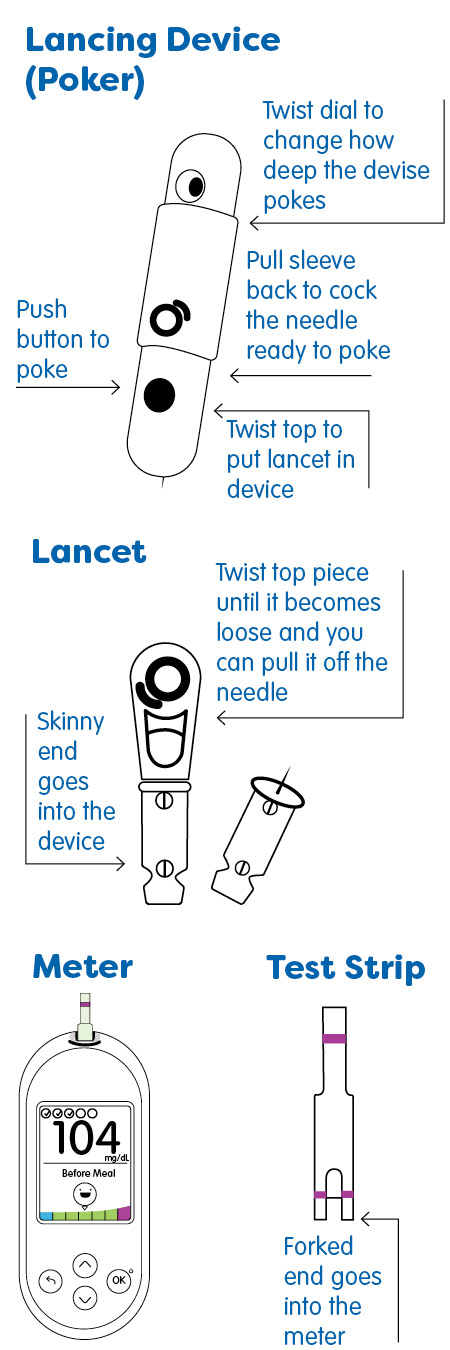
How to use a glucometer
The Diabetes Center shares how to use a glucometer.
How to Give Insulin
- Remove cap from insulin pen.
- Clean the tip of pen with an alcohol wipe.
- Remove foil tab from the needle.
- Remove the outer needle cap and the inner needle cap.
- The inner needle cap can go in the trash.
- Keep the outer needle cap.
- The inner needle cap can go in the trash.
- Screw needle onto top of insulin pen.
- Prime the needle:
- Using the knob at the bottom of the pen, turn the dial to 2.
- Point the needle straight up, push the injection button until you
see 0 in the Dose window. - You should see a drop of insulin at the tip of the needle.
- Using the knob at the bottom of the pen, turn the dial to 2.
- Dial the pen to the amount needed for your insulin dose.
- Clean the skin where you plan to give the injection.
- Insert needle into skin that was cleaned with alcohol.
- Push injection button until you see 0 in the dose window.
- Keep the needle in the skin and count to 10 before removing
needle. - Put the outer needle cap back on the needle.
- Screw the needle off and throw away in a hard plastic/metal/
sharps container
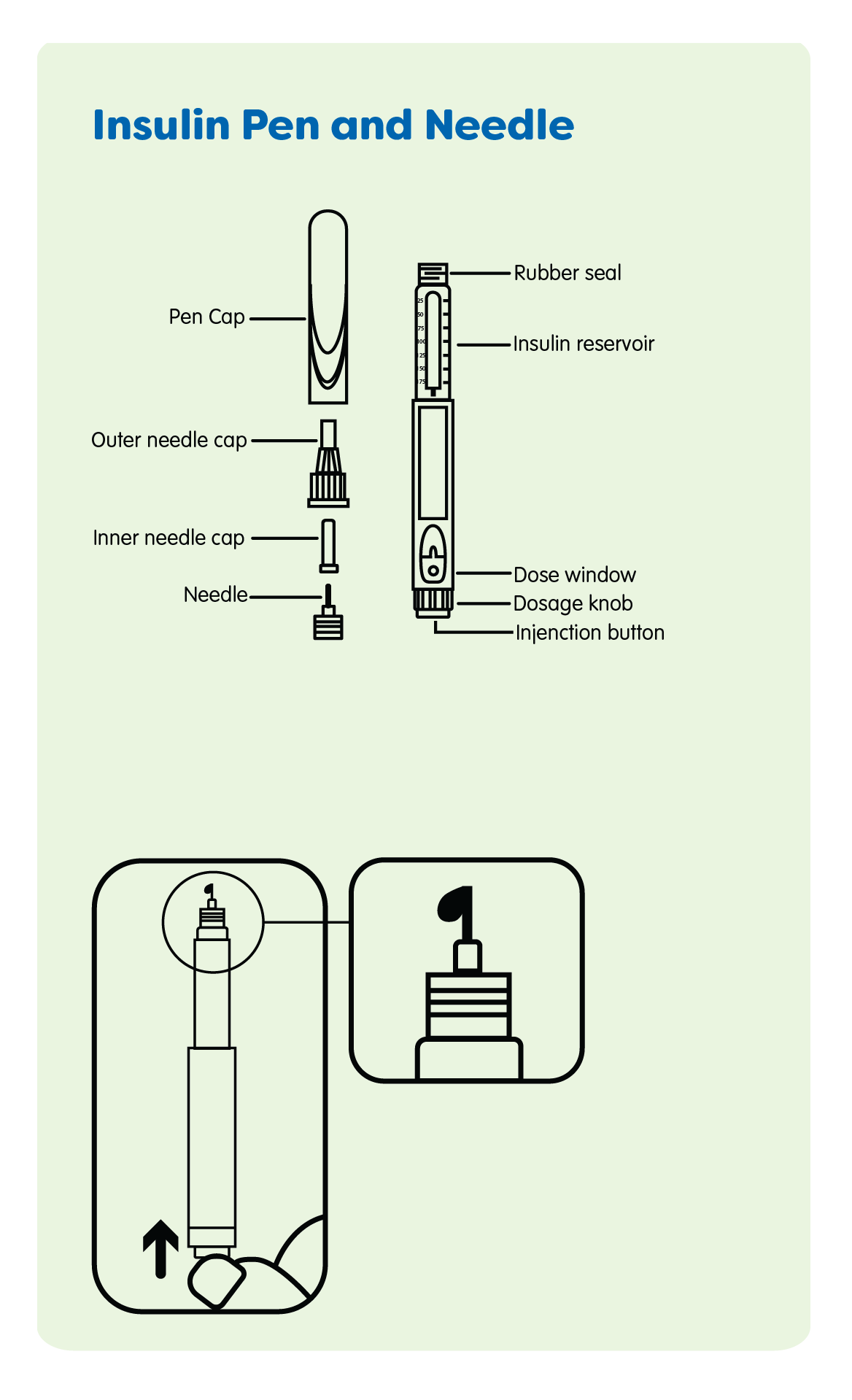
Where To Give Insulin
Insulin is injected into fat tissue (subcutaneous tissue).
- Anywhere you can pinch a little.
- Arms, stomach, legs, flank (“muffin top”), or hips/buttocks.
Rotate where you give insulin to keep your skin healthy and
prevent scars and lumps.
Insulin Storage
You will be sent home with 1 or 2 pens of insulin today.
-
Keep these at room temperature - anywhere you are
comfortable, your insulin is comfortable.
-
The opened pens are good for 30 days.
-
Write the date you started the pen so you remember when to
throw it away
